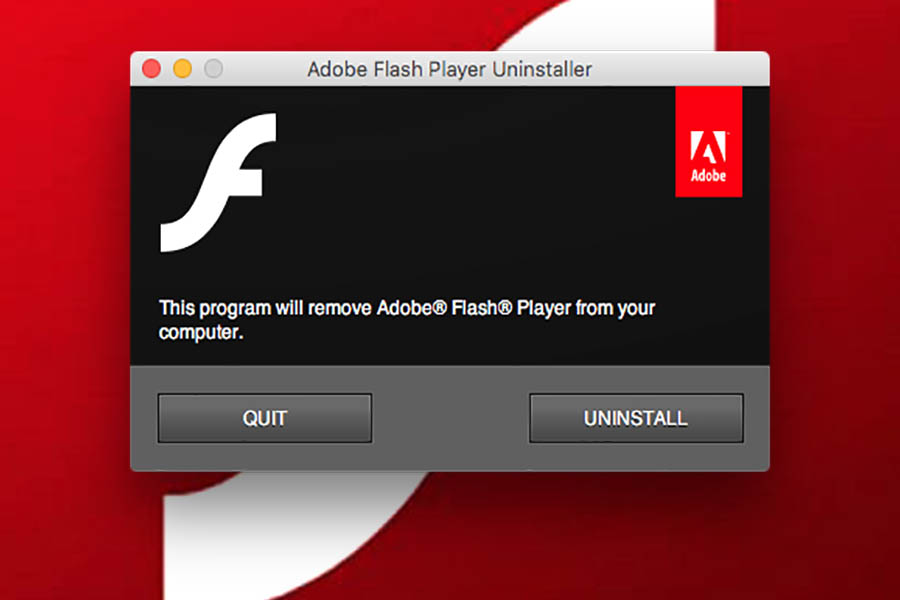Sat 02 January 2021:
An internet plug-in that was responsible for some of the internet’s best-loved viral animations has officially been discontinued.
On 1 January software company Adobe stopped supporting and updating its Flash Player.
Released in 1996, Flash was once one of the most popular ways for people to stream videos and play games online.
But it was plagued with security problems and failed to transition to the smartphone era.
Adobe will no longer offer security updates for Flash and has urged people to uninstall it.
It will also stop videos and animations running in its Flash Player from 12 January.
“Since Adobe will no longer be supporting Flash Player after December 31, 2020 and Adobe will block Flash content from running in Flash Player beginning January 12, 2021, Adobe strongly recommends all users immediately uninstall Flash Player to help protect their systems,” the company announced in a statement.
Pointing out the reasons behind the decision, the company said: “Open standards such as HTML5, WebGL, and WebAssembly have continually matured over the years and serve as viable alternatives for Flash content.
“Also, major browser vendors are integrating these open standards into their browsers and deprecating most other plug-ins (like Flash Player).”
The company also warned users to uninstall Flash Player to help secure their system since Adobe does not intend to issue Flash Player updates or security patches after the end of life (EOL) Date.
“Adobe will block Flash content from running in Flash Player beginning January 12, 2021 and the major browser vendors will continue to disable Flash Player from running after the EOL Date,” it added.
Adobe Flash Player also helped early versions of websites like YouTube stream high-quality videos.

Other brands distanced themselves and in November 2011, Adobe announced it was ending support of Flash for mobile web browsers after multiple issues.
But the final blow came in 2014 when HTML5, a program that provided many of the same functions as Flash but did not require users to install a specific plug-in, was released.
As a result, the popularity of Flash started to fade.
That year 80% of Chrome users were visiting Flash sites, but in 2017 Google said that figure had dropped to below 17%.




















